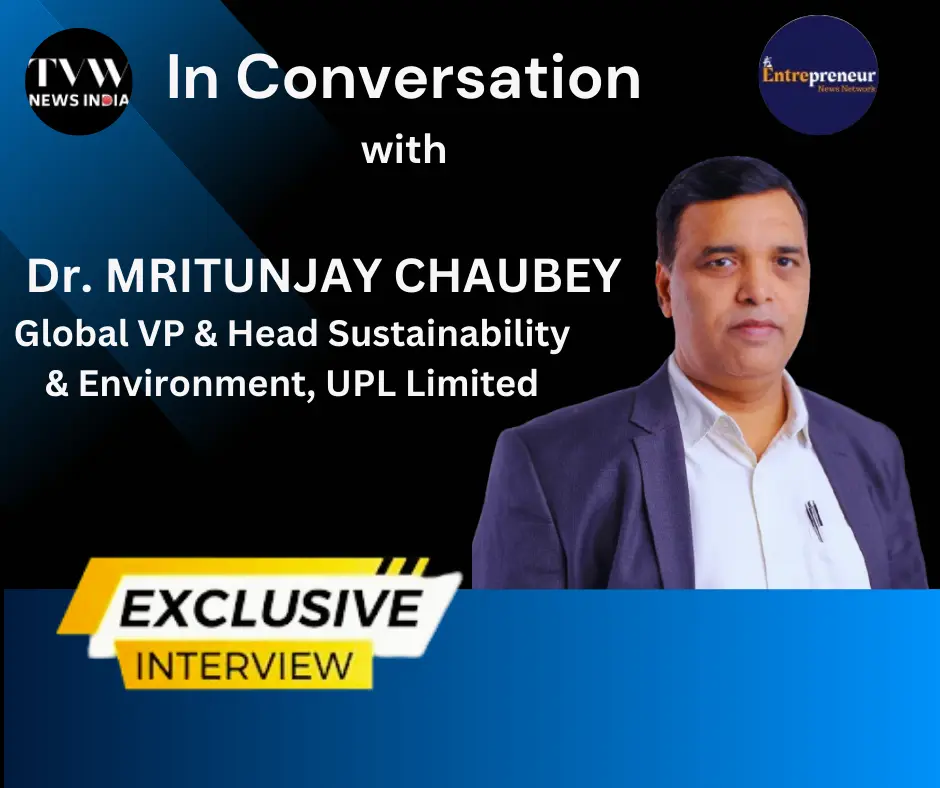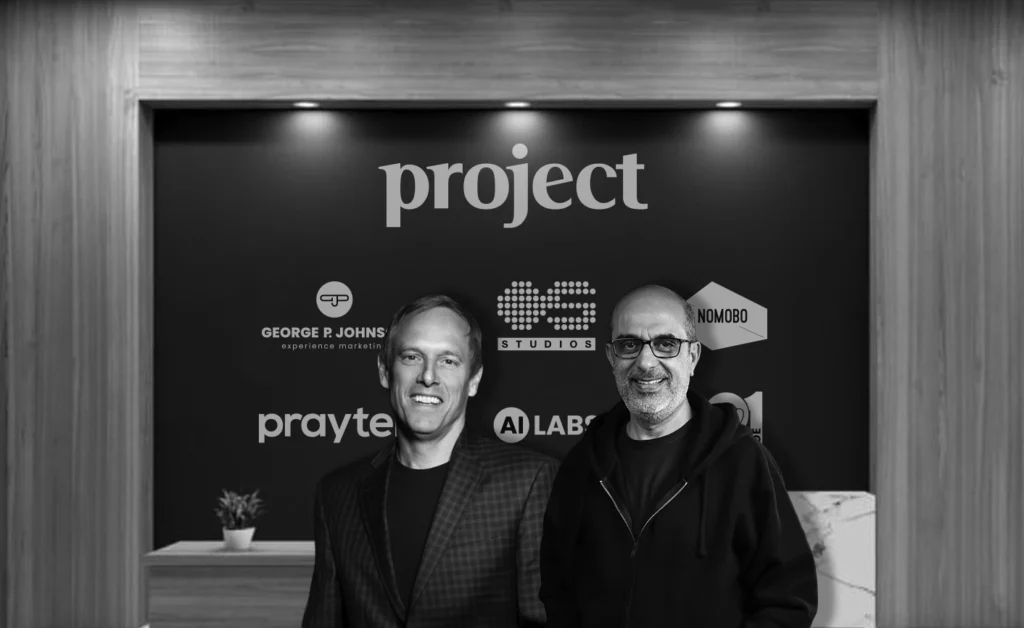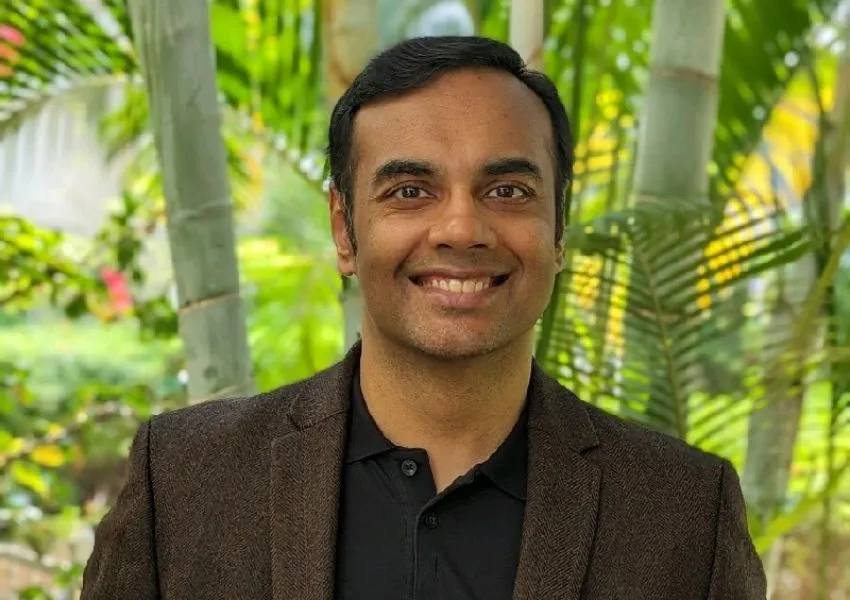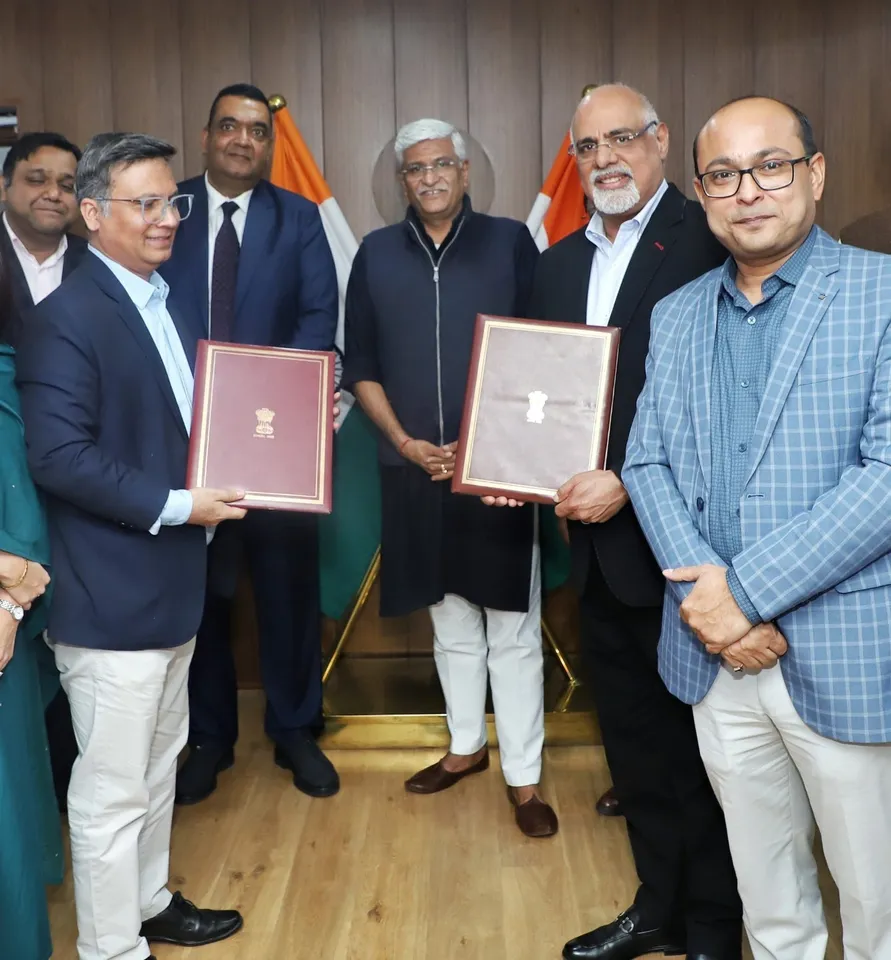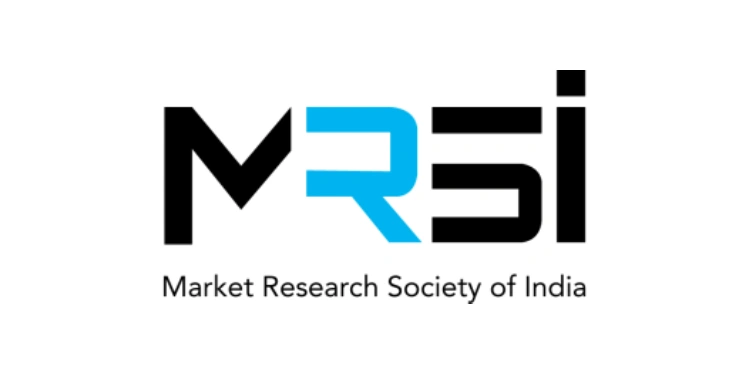Dr. Chaubey, you have extensive experience in environmental management. What sustainable practices do you believe are most crucial for companies to adopt to reduce their carbon footprint effectively?
Based on my past 27-years working experience with corporates like Pentair, Shell, Unilever & UPL, I feel targeting, monitoring & reporting are very important for companies to reduce their carbon footprint effectively. Companies should adopt the following sustainable practices to reduce their carbon footprint:
- Energy Efficiency & Operational Excellence:Implementing energy-efficient technologies and operational excellence practices, such as LED lighting, energy-efficient systems, and energy management systems, can significantly reduce energy consumption.
- Renewable Energy:Transitioning to renewable energy sources, such as solar, wind, hydroelectric power, biomass, geothermal and hydrogen helps reduce reliance on fossil fuels and lower greenhouse gas emissions. Green power purchase agreement also helps company to reduce carbon footprint.
- Waste Reduction and Recycling:Implementing comprehensive waste reduction and recycling programs to minimize landfill waste and promote the reuse of materials.
- Sustainable Product Design:Designing products with life cycle assessment (LCA) in mind, including using recyclable materials, reducing packaging, and creating longer-lasting products.
- Carbon Offsetting:Investing in carbon offset programs, such as reforestation projects to compensate for unavoidable emissions.
- Employee Engagement:Educating and engaging employees in sustainability initiatives to foster a culture of environmental responsibility.
How do you envision the future of the circular economy, and what steps should companies take to transition from a linear to a circular business model?
The future of the circular economy envisions a system where products, materials, and resources are kept in use for as long as possible, extracting maximum value before recovery and regeneration. This contrasts sharply with the traditional linear economy, which follows a ‘take, make, dispose’ model. To transition from a linear to a circular business model, companies should take the following steps:
- Design for Longevity and Reuse
- Adopt Sustainable Materials
- Enhance Recycling & Waste Management
- Optimize Resource Efficiency
- Foster Collaboration and Innovation
- Leverage Technology
In your opinion, how can organizations foster a culture that prioritizes employee well-being while also driving productivity?
Fostering a culture that prioritizes employee well-being while driving productivity involves creating a supportive and engaging work environment. Organizations can create a culture that values employee well-being and drives productivity, leading to a more engaged, motivated, and high-performing workforce. Here are key strategies organizations can adopt:
- Promote Work-Life Balance
- Foster a Positive Work Environment
- Reward & Recogination
- Offer Professional Development Opportunities
- Implement Health and Wellness Programs
- Encourage Open Communication
- Set Realistic Goals and Expectations
- Promote Team Building and Social Connections
How can companies improve their transparency and accountability practices to build trust with stakeholders?
Improving transparency and accountability practices is essential for companies to build trust with stakeholders and enhance the acceptability among communities. Regular & clear communication, reporting, stakeholder engagement, ethical practices and compliance, responsiveness to Issues, audit and Verification and board and leadership accountability can enhance their transparency and accountability, thereby building stronger, more trusting relationships with their stakeholders.
What is your vision for the future of ESG, and how do you see it evolving over the next five years?
I believe that sustainability is the best opportunity to drive smarter innovation and profitable growth. Board of companies are doing mistake if they understand that sustainability is CSR activities & meeting compliances. Actually sustainability is a tool which help the companies to transform the business to a 1.5 degree Celsius World. Board members should must understand that cost of inaction on sustainability is higher than cost of action. My vision for the future of Environmental, Social, and Governance (ESG) practices involves them becoming integral to corporate strategy and decision-making processes, with a focus on creating long-term value for all stakeholders. Over the next five years will likely see ESG becoming even more embedded in the corporate world, driven by a combination of regulatory & investor pressure, market demand, technological advancements, and a growing recognition of the importance of sustainability for long-term success.
What inspires and motivates you to continue your work in environmental and social governance?
My desire to transform business into 1.5 degree Celsius World and making The Earth as livable plant inspires & motivate me to continue my work in ESG. My commitment to create a better world for future generations is a powerful motivator for me. Overall, the combination of a desire to create positive change, the intellectual challenge of solving complex problems, and the increasing recognition of ESG’s importance in the corporate world drives me to continue my efforts in this crucial field.
Note: We are also on WhatsApp, LinkedIn, and YouTube, to get the latest news updates, Join our Channels. WhatsApp– Click here, and for LinkedIn– Click Here


